|
Julia Monk, PhD Student When you do remote fieldwork, your first trip to your field site can be pretty nerve-wracking. You've spent months theorizing about your system, asking research questions and planning methods that make so much sense on paper. But when boots hit the ground, it's a different story. All of your clean, office-generated plans start to unravel - but if you're lucky, some much more exciting ideas take their place. When I arrived in San Guillermo, a wild and seldom-visited national park nestled at 11,000 feet in the High Andes of Argentina, I didn't know what to expect. I was 4.5 months into my PhD, planning to study how predation and scavenging influence carbon and nutrient cycling in San Guillermo. The main players: pumas (otherwise known as cougars or mountain lions, and the only large predator in the area), vicuñas (wild llama relatives), and Andean condors (massive vultures that scavenge from carcasses). While I had plenty of big plans about what I'd like to do with my research, I knew that this pilot trip would most likely send me back to the drawing board, and I tried to prepare myself to scrap all of my ideas and keep an open mind. I only had a few concrete goals: I wanted to try and find some vicuña carcasses, I wanted to see the range of habitats and nutrient hotspots on the landscape, and, secretly, I really, really wanted to see a puma. I knew that last goal was a tall order, as pumas are secretive creatures and hard to spot if you're not trapping them. But San Guillermo is a special and surprising place and, to my shock and delight, I managed to meet all three of those goals within my first two weeks. I wasn't sure how easy it would be to find carcasses - but San Guillermo is an open, barren landscape where decomposition happens very slowly, so it turns out to be a veritable graveyard of vicuñas. The challenge is finding fresh carcasses after pumas kill vicuñas, but before the condors and other scavengers find them (which is important if we want to place camera traps to monitor scavenging). In order to get there first, you have to go out to the plains very, very early in the morning, before temperatures rise enough to form the thermal air columns condors need to stay in flight. In a week of very early mornings - made much more bearable by mate, the bitter tea that fuels daily life in Argentina - we found three fresh kills where we could set our camera traps. Driving around looking for carcasses also gave me a great tour of the landscape and its varied habitats - which in turn inspired many ideas about nutrient dynamics in the ecosystem, which I'm excited to share in future posts! Thus, two of my goals for the trip were met encouragingly quickly. But San Guillermo had plenty of setbacks and surprises up its sleeve. For example, I learned that if you want to put cameras on carcasses to monitor scavenger activity, you'd better stake down that carcass with wire and rebar, because otherwise condors will drag the carcass far out of the photo frame. I also learned that cow heads are extremely heavy, and putting them out as condor bait is much more of an ordeal than it seems (even discounting the grossness of it all). And most notably, I discovered that it never pays to rely on dirt roads after heavy rain. When it came time to leave the park, we discovered that the rains of the previous week had caused cave-ins that rendered the north road impassable. Those same rains had inundated the river, complicating the crossings needed to exit via the south road. We tried to leave no fewer than three times in four days, and after each attempt, we wound up back at the research station, laughingly greeting the folks we had bid farewell hours before. Finally, many hours of shoveling, one stuck truck, and one bulldozer later, we made it out of the park on our fourth attempt. While being trapped in the national park was certainly stressful (I was hours away from missing my flight back to the United States), I wouldn't have changed a thing. I gained valuable knowledge about my study area during the extra time I spent there - but most importantly, on the drive back to the research station after our second failed attempt to leave the park, my wish was granted. A muscular, graceful puma crossed the road in front of us and loped gently across the plain.
|
Archives
November 2019
Categories
All
|
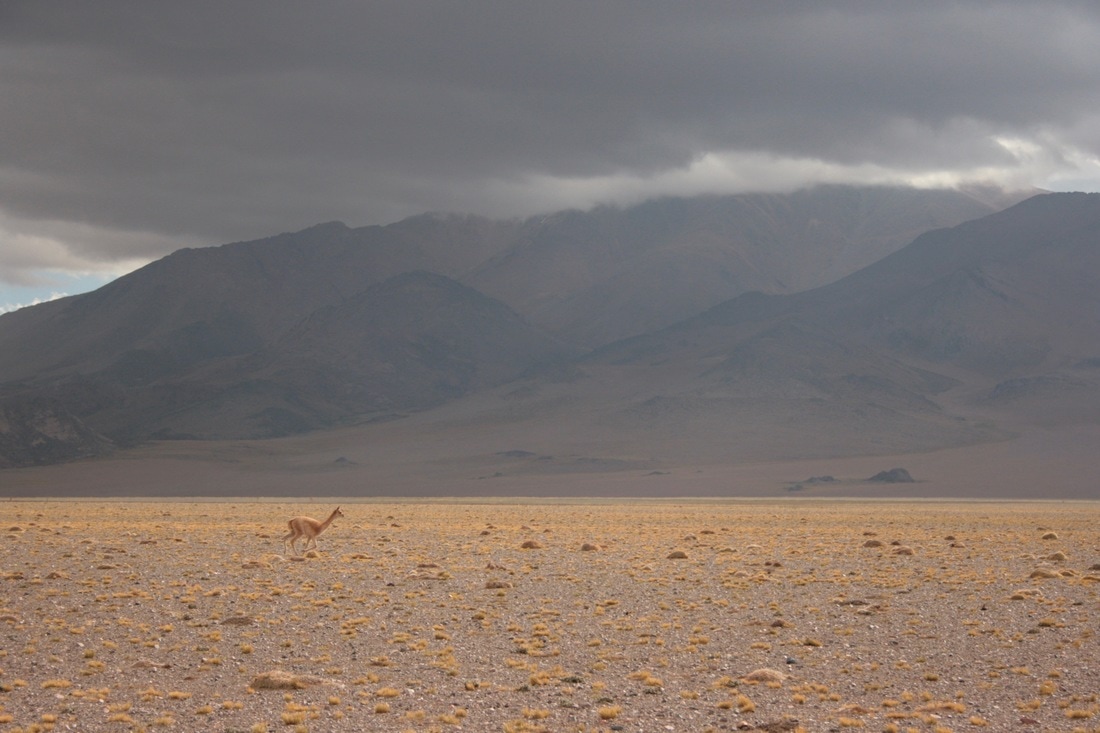
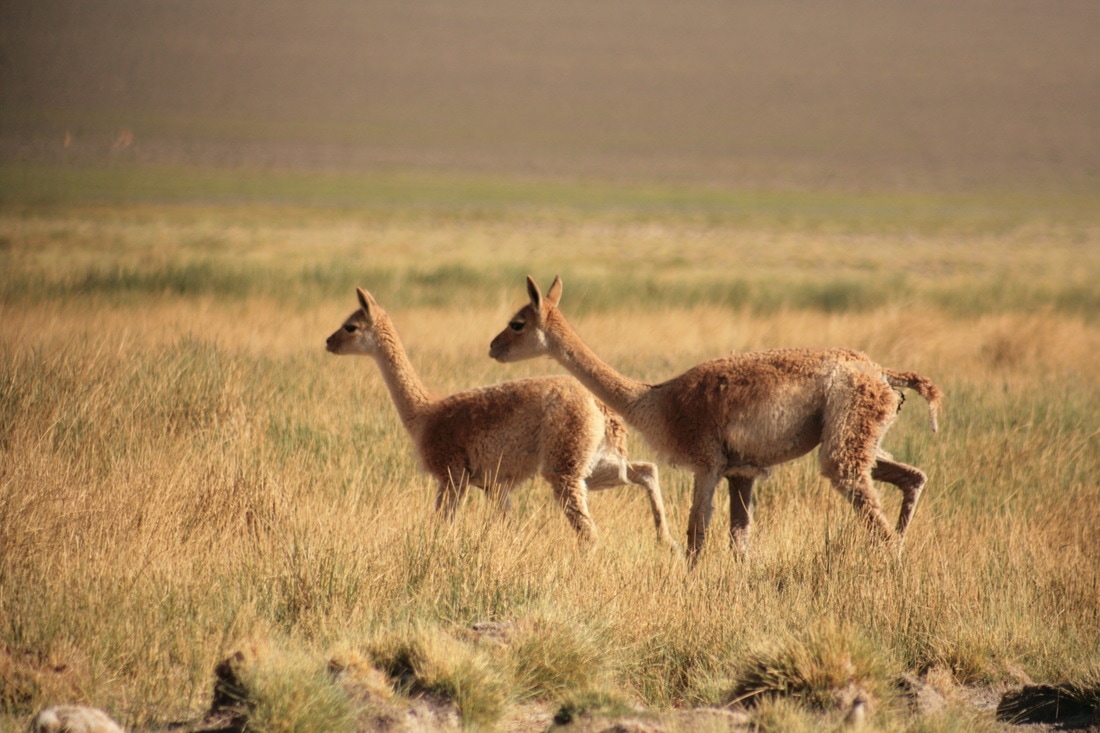
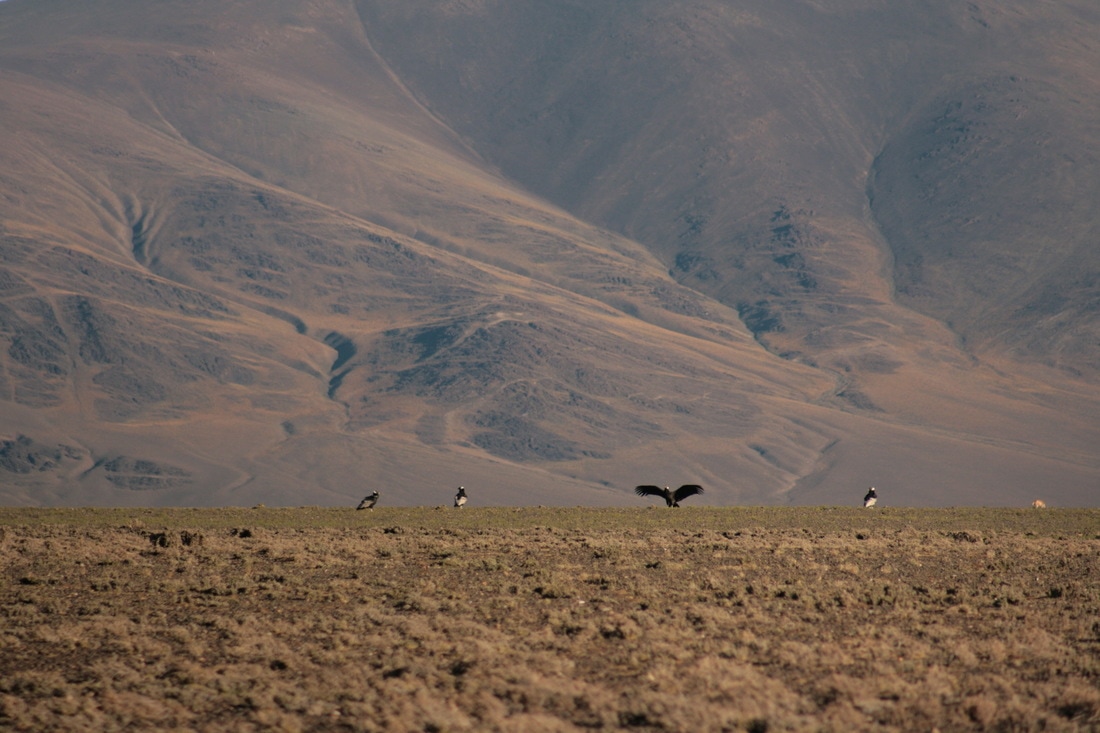
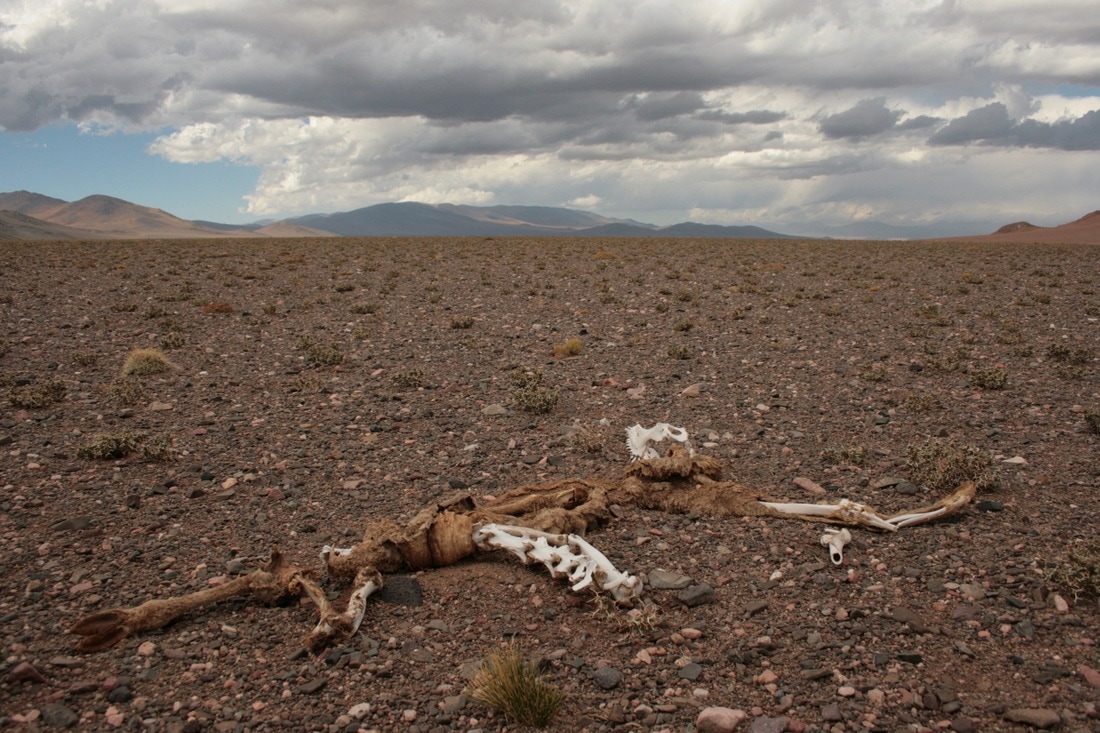
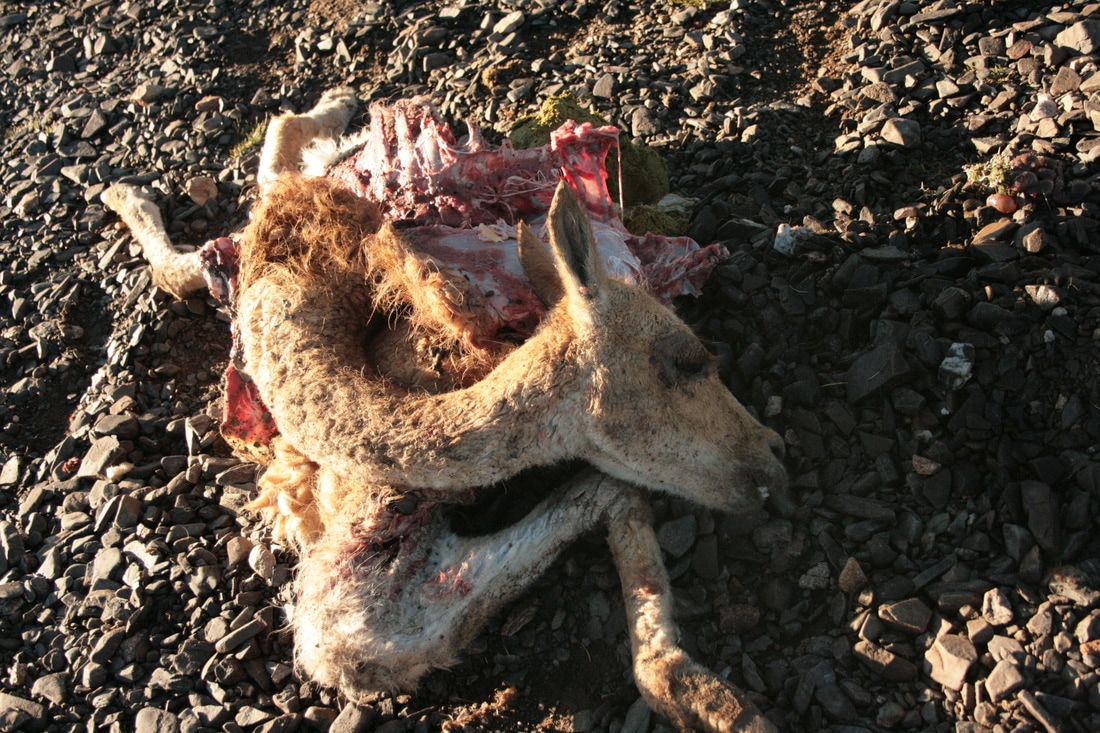
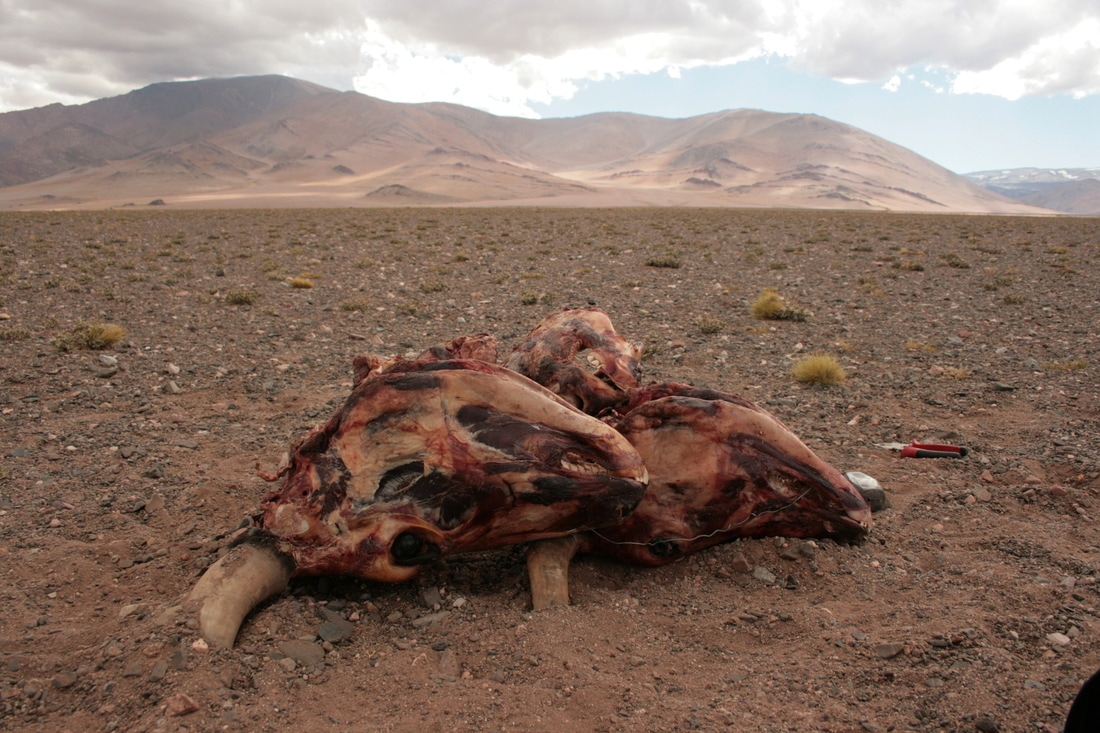
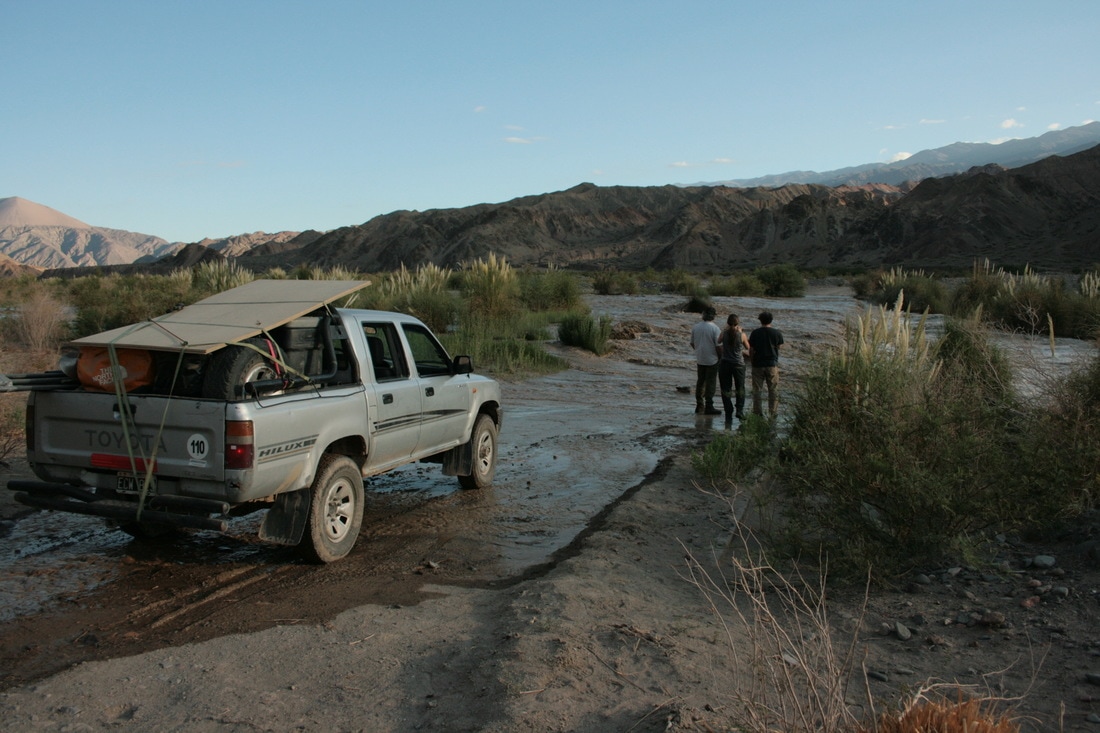
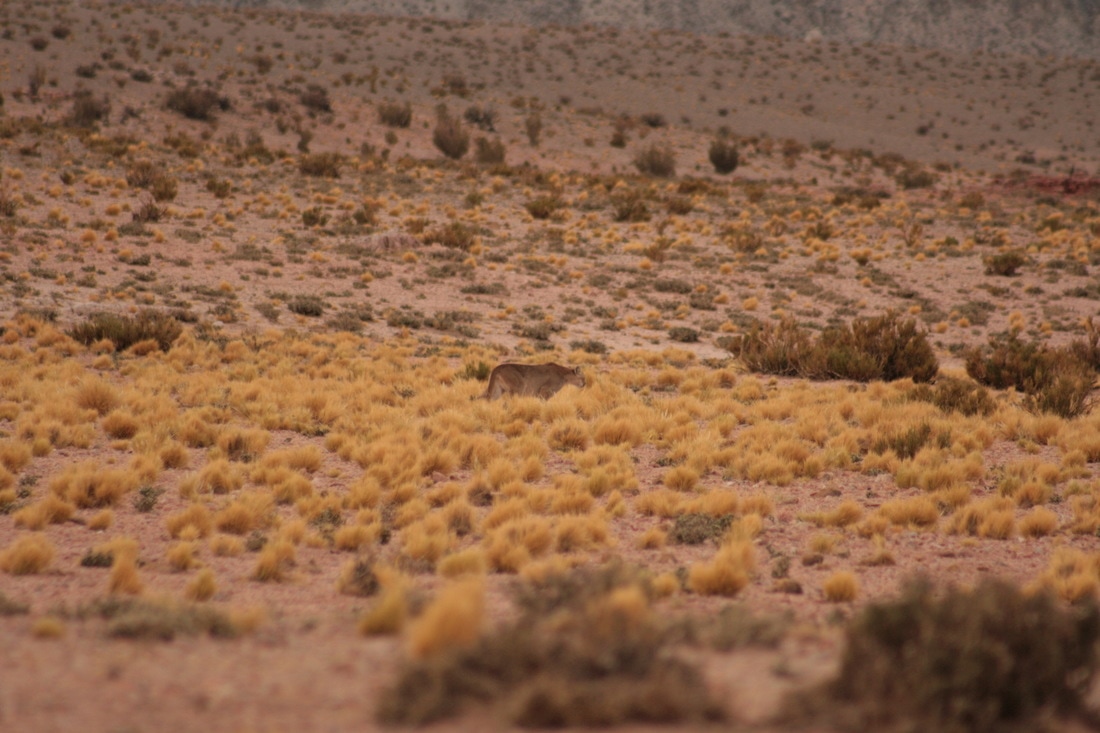
 RSS Feed
RSS Feed
